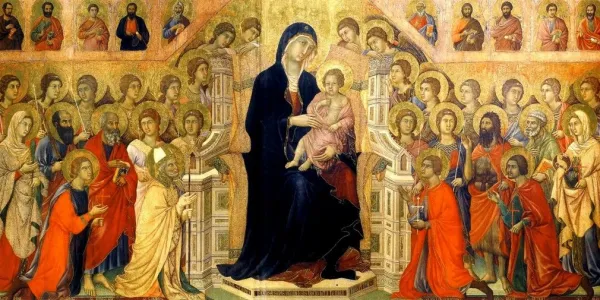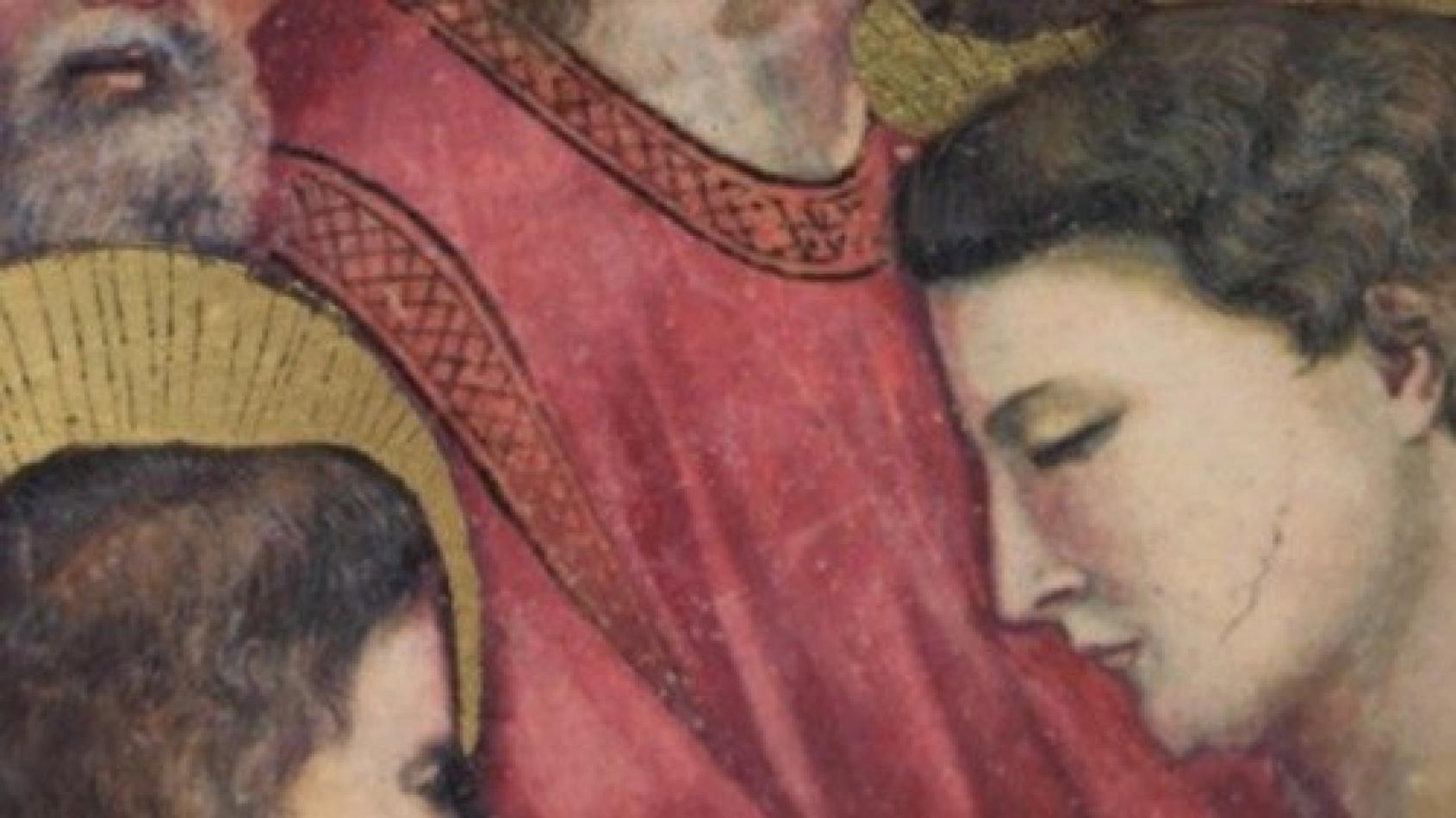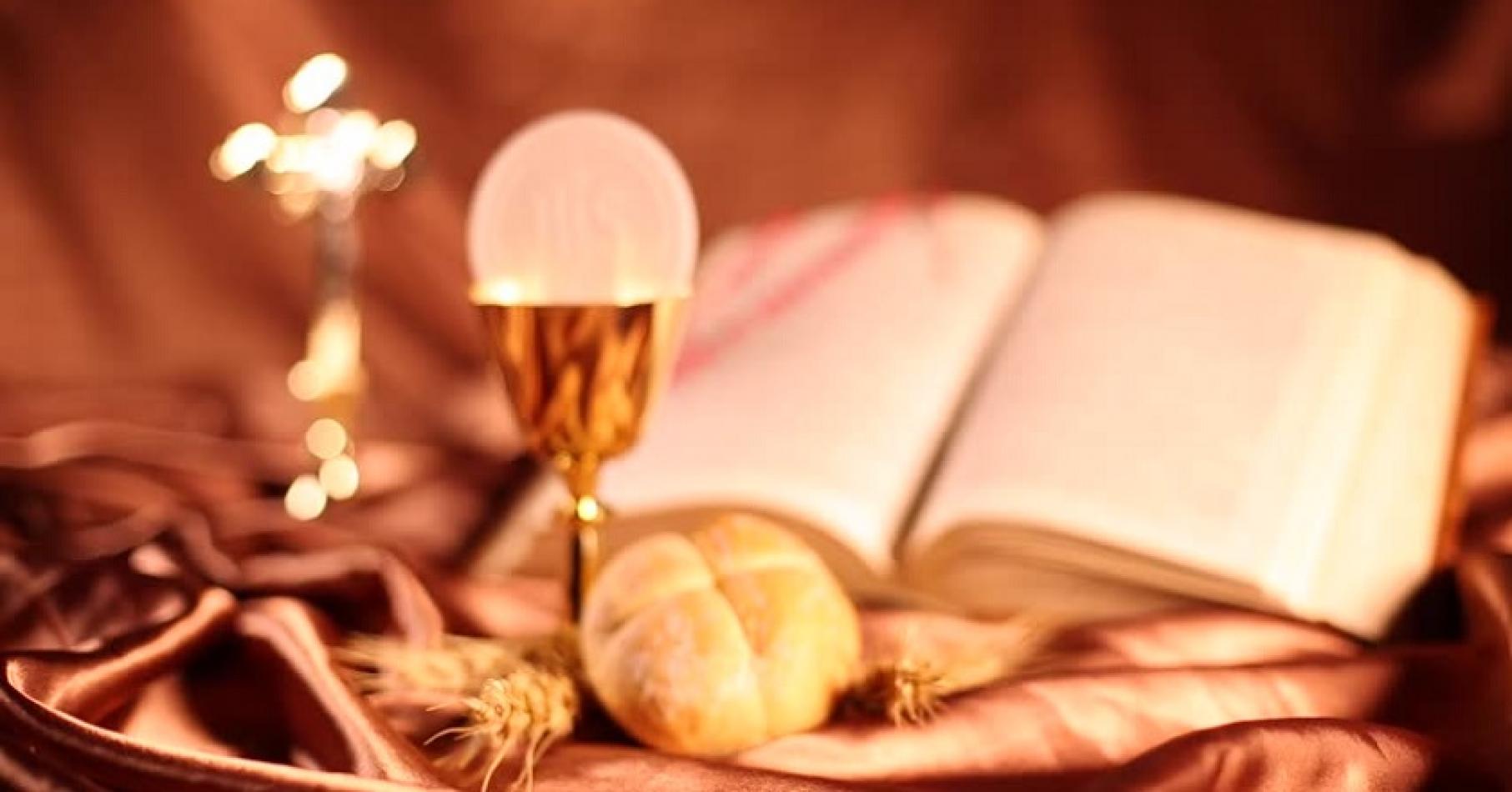Daniel Comboni
Comboni Missionaries
Institutional area
Other links
Newsletter
On the first day of the civil year, the Church celebrates the solemnity of Mary, Most Holy Mother of God. It is also the final day of the Octave of Christmas, which commemorates the rite of Jesus’ circumcision. Moreover, since 1968, by the will of Pope Paul VI, this day has been dedicated to prayer for peace. (...)
“He was given the name Jesus.”
Luke 2:16-21
On the first day of the civil year, the Church celebrates the solemnity of Mary, Most Holy Mother of God. It is also the final day of the Octave of Christmas, which commemorates the rite of Jesus’ circumcision. Moreover, since 1968, by the will of Pope Paul VI, this day has been dedicated to prayer for peace.
The liturgy offers us "the first Word of the year", a bearer of grace and blessing. Let us meditate on it by reflecting on three realities: Mary, the name of Jesus, and the Blessing of Peace. These are the pillars upon which to build the edifice of our lives in the new year. We are given 365 bricks to accomplish this, and the Word provides us with the plan, the blueprint.
MARY and the scandal of the manger!
“All who heard it were amazed at what the shepherds told them. Mary, however, treasured all these things, pondering them in her heart.”
We enter the new year under the patronage of Mary, the Mother of God. During this Christmas season, our attention is naturally focused on the Child. However, today the Church invites us to lift our gaze towards the Mother. From her, we learn how to contemplate, embrace, and deepen the Mystery of Jesus’ birth.
The shepherds find the Child “lying in the manger,” an event that fills them with joy because it confirms the angel’s message and because the Saviour is born in their midst: He is one of them. For everyone, the shepherds’ testimony is a source of wonder.
But for Mary? “For Mary, the Holy Mother of God, it was not so. She had to endure ‘the scandal of the manger’” (Pope Francis, 1 January 2022).
Let us take some time in these days to pause before an icon of Mary or, even better, to visit her in one of her many “dwellings,” the sanctuaries dedicated to her, to ask for her ability to meditate on events. Not all the 365 bricks of the new year will be beautiful, smooth, well-cut, and easy to fit into the structure of our lives. If only they were! Some will be misshapen and difficult to place. There will certainly be problematic and challenging days. These are the “bricks” of discouragement, sadness, or even scandal when faced with certain events in life. We may be tempted to discard them as useless.
Mary’s gaze, who “treasured all these things, pondering them in her heart,” can help us. Only her “meditative patience” will enable us to integrate certain bricks into the puzzle of our lives. What we do not understand and are tempted to discard must be cherished with greater care.
Let us enter the new year with Mary’s gaze: through the Door of her heart or the Window of her eyes, let us learn to treasure and reflect on events, finding meaning even in what initially eludes us.
JESUS, the Name and the names!
“When the eighth day came, the time for him to be circumcised, he was given the name Jesus, the name the angel had given him before his conception.”
Today, on the eighth day since his birth, the Child is circumcised and given a name: Jesus, which means “The Lord saves.” This name, assigned from Heaven through the angel, is the English form of the Latin Jesus, itself derived from the Greek Iesoûs. The original Aramaic was Yeshua, a shortened form of the Hebrew Yehoshua. Joshua, Moses’ successor, also bore this name. It was a very common name at the time.
In the Gospels, the name of Jesus appears 566 times. It is no longer just a name but reveals his identity as Saviour. For those who invoke it, pronouncing it becomes a profession of faith. As Saint Peter declares: “There is no other name under heaven given to mankind by which we must be saved” (Acts 4:12).
Now God has a name: Jesus, “The Lord saves.” We can call upon Him and establish a personal relationship with Him. How wonderful it would be if, during this new year, the name of Jesus was the most frequent on our lips and the most alive in our hearts! This invites us to practise a spiritual exercise: the so-called “Prayer of the Heart.” It involves continuously repeating the name of Jesus, in rhythm with our breathing, as one repeats the name of a loved one. A very simple form of prayer, capable of creating a profound communion with Him and with all who call upon His name.
BLESSING: blessed, let us bless!
“The Lord bless you and keep you. The Lord make his face shine on you and be gracious to you. The Lord turn his face towards you and give you peace.” (Numbers 6:22-27, First Reading)
It is particularly comforting and encouraging to be aware that this new year begins under the sign of blessing. Peace is both the source and the fruit of blessing. We enter 2025 blessed, but it is essential to remain in the Blessing! To do so, we must: bless the One who is Blessed, the source of every blessing; bless life; bless our history. Above all, we must bless the people we meet throughout the day.
“Bless and do not curse!” (Romans 12:14). We must acknowledge that, all too often, it comes more naturally to us to curse: to curse life, politicians, priests (alas, sometimes with reason!), the boss, colleagues, the delayed bus, traffic, or the noisy neighbour... In doing so, we risk living a “cursed” life!
Here is a third exercise for the new year: to leave home every day with the awareness of being blessed and to spread blessings everywhere, to the right and to the left! Peace will follow us.
Happy New Year! Shalom!
Fr. Manuel João Pereira Correia, MCCJ




